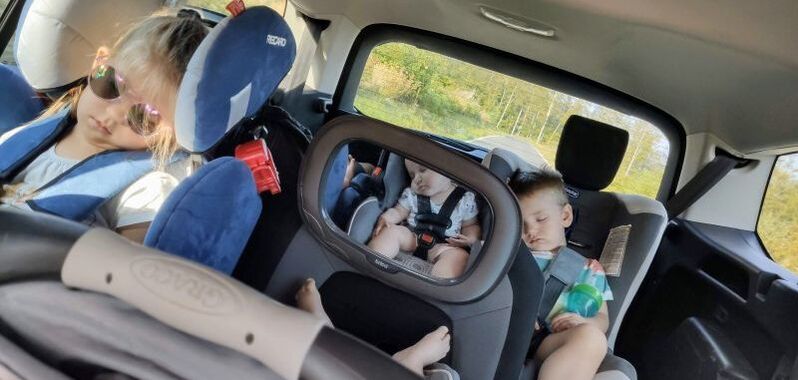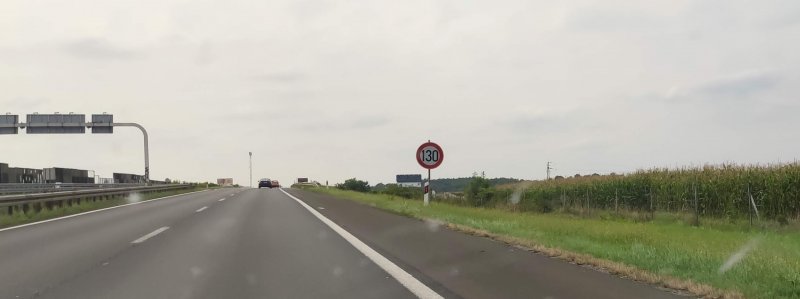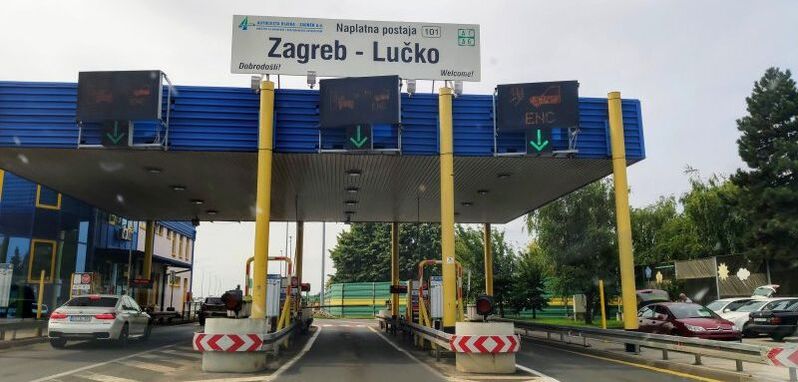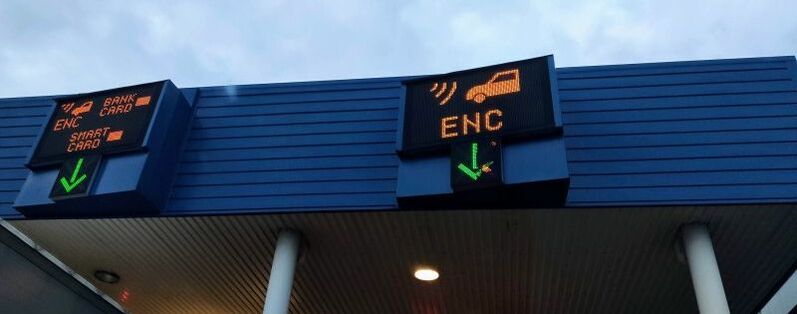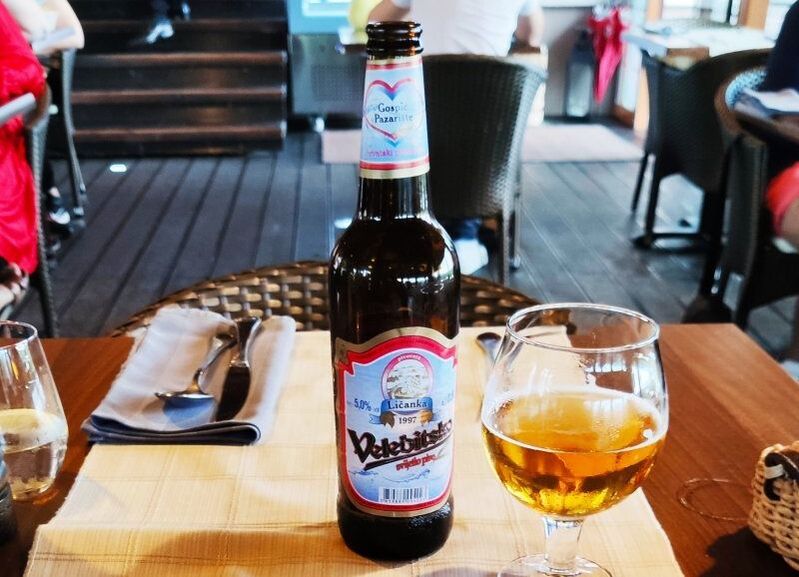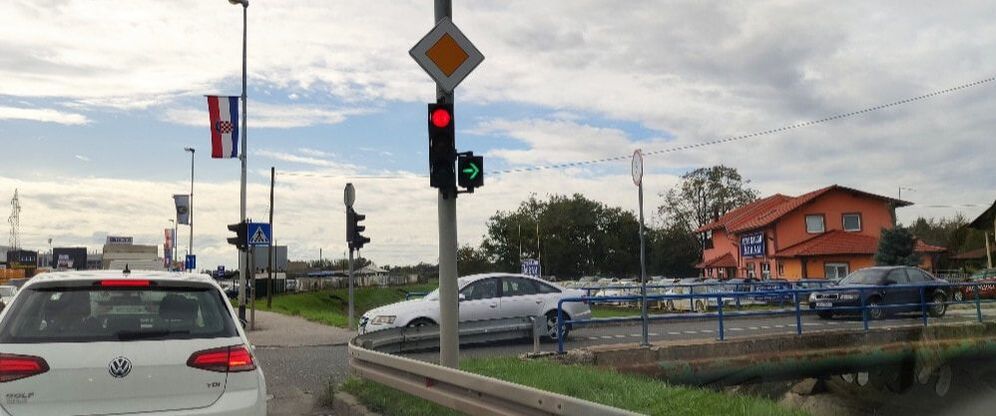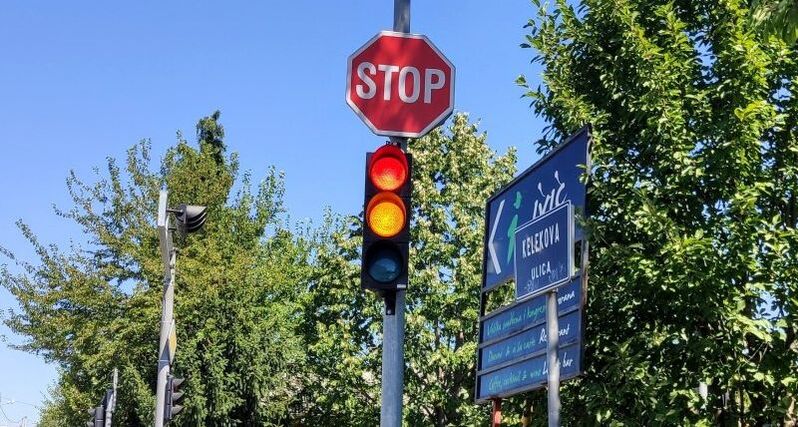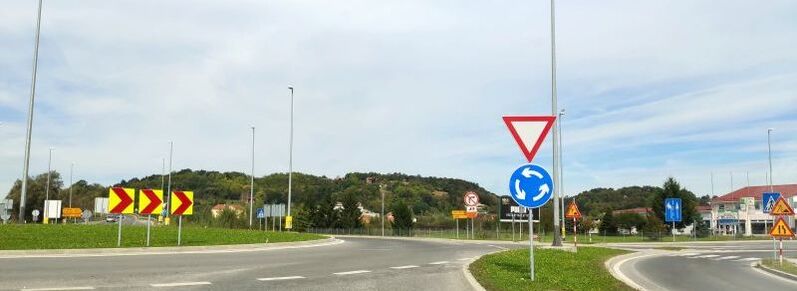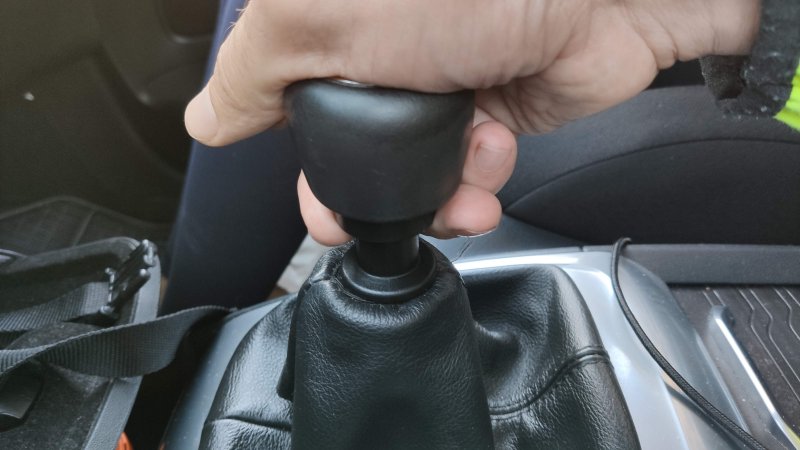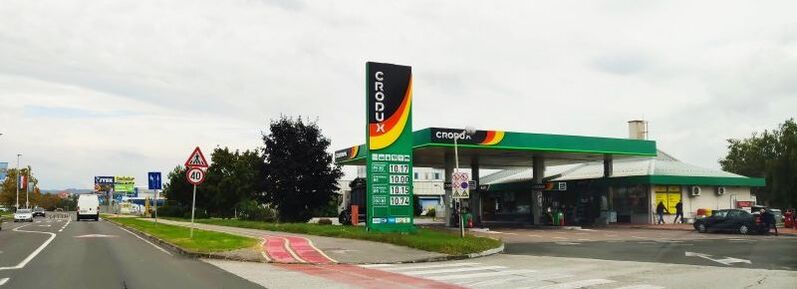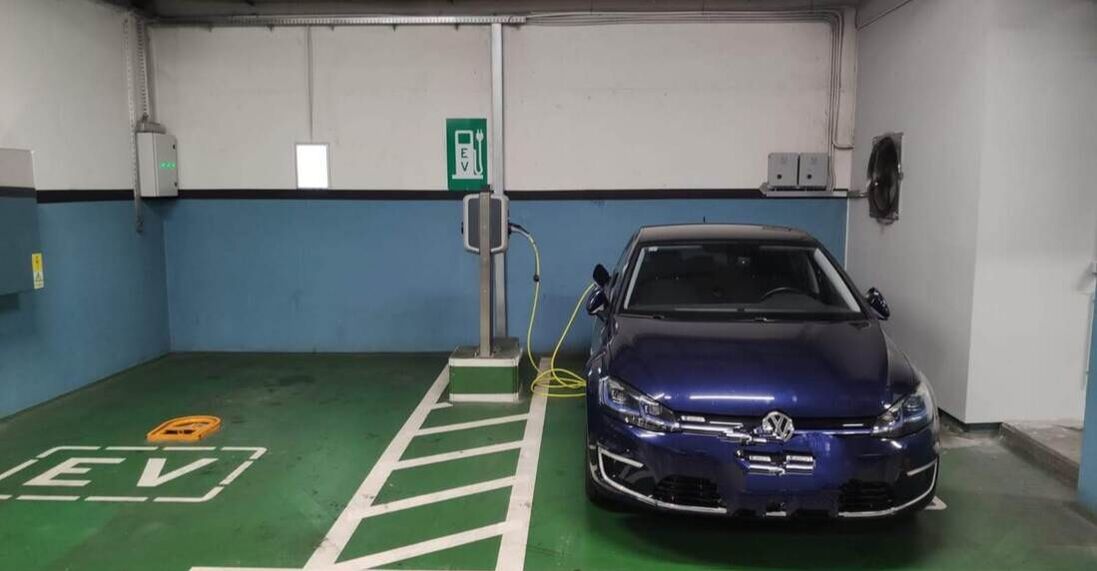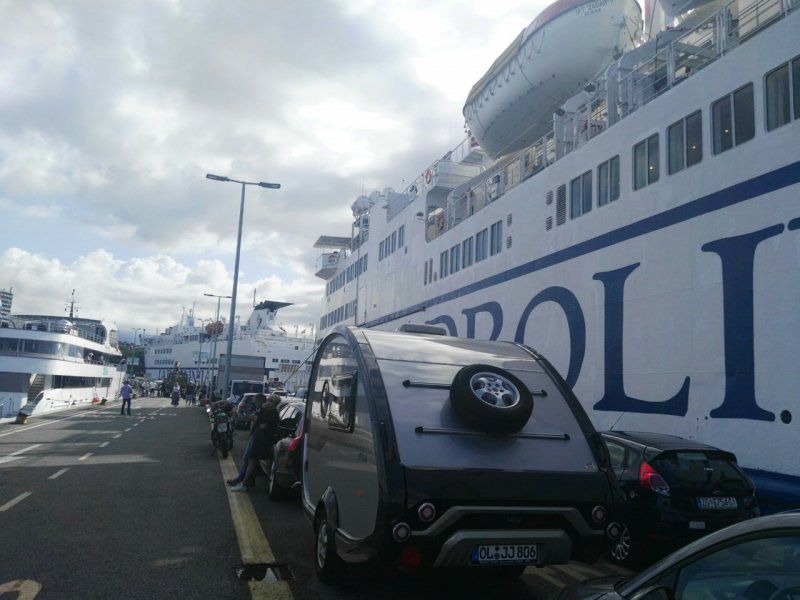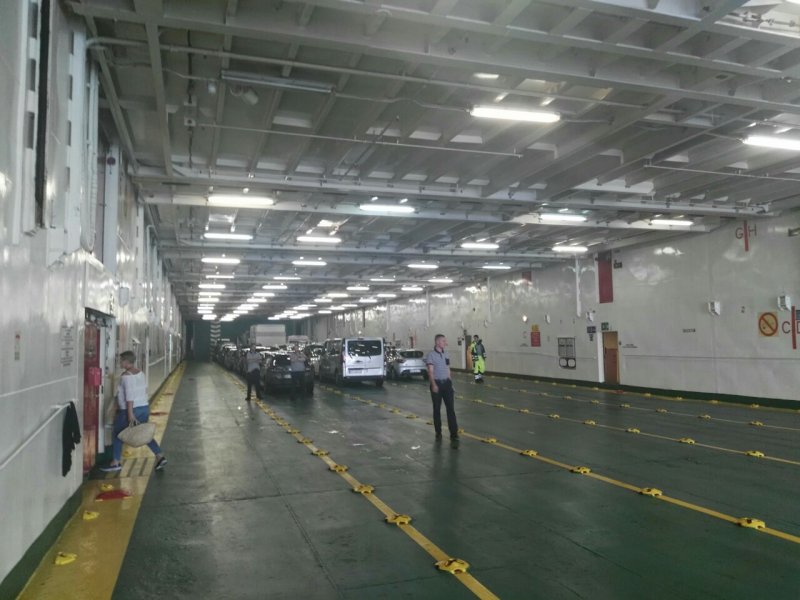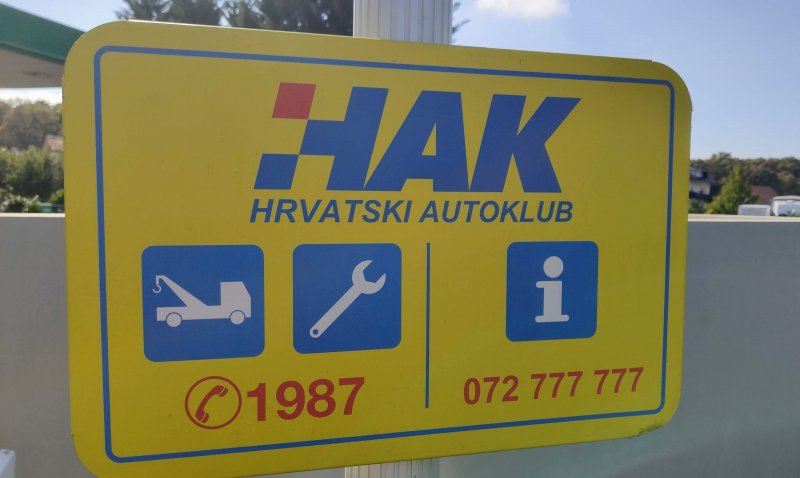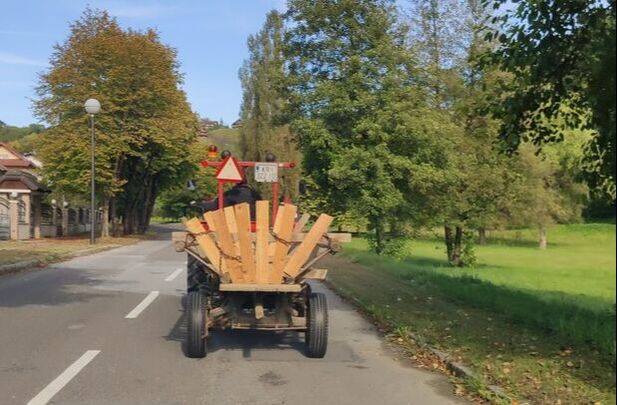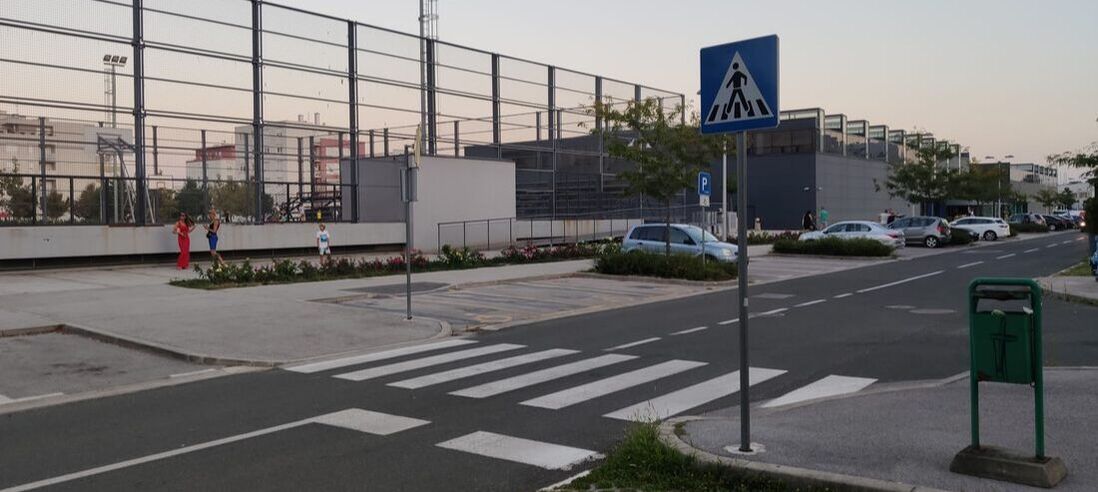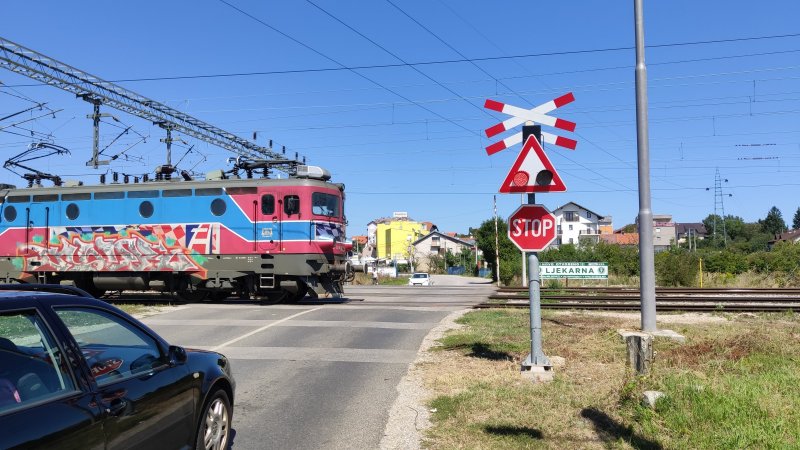Thinking about driving through Croatia? Well I live in Croatia and have driven abroad, and I can say the driving rules and customs are slightly different, so I’ve put together a helpful guide for anyone planning on taking a road trip!
What are some driving rules that foreigners need to know when driving in Croatia?
What I first noticed when driving abroad, is that the speed limit in Croatia is higher than in North America. The maximum speed on highways is 130km/hour (80mph) but in some spots it slows down to 100km/hour (60mph), so do follow the signs carefully.
I know that in Canada and in some States, the highway / freeway speed limit is 100km/h (60mph). Some of our guests have had strange reactions when they see their driver reach speeds of 130km/h (but that’s nothing compared to Germany where on some stretches of Autobahn there is no speed limit at all!).
Croatian highways are pretty expensive compared to countries in the region like Austria, Italy and Slovenia. In Germany, the Netherlands and Belgium the highways are actually free.
The price of driving on freeways depends on the [tourist] season. From June 15th to September 15th the prices are 10% more expensive for all vehicles (except trucks and buses). For example, the price for regular vehicles (category I) from Zagreb to Split is 181kn in the off season, compared to 200kn in the tourist season.
The prices for some popular destinations in the tourist season for regular size vehicles are listed below:
- Zagreb to Rijeka - 77kn
- Zageb to Zadar - 134kn
- Zagreb to Split - 200kn
- Zagreb to Ploce (the southernmost point of the Croatian highway) - 257Kn
You can pay for all Croatian highways at the toll booths with cash or debit/credit card. When you enter the highway, you’ll take a ticket, then when you exit, you give the ticket and you’ll be shown the amount you owe.
Most booths for debit and credit cards are completely automated. There are also automated booths if you choose to pay with ETC (electronic toll collection), but you have to buy a transponder / contactless device that you preload with money, and it’s referred to as ENC (there are dedicated lanes for those paying with ENC, which is really convenient, much quicker, and actually less expensive).
If you want to avoid busy highways in Croatia during the peak tourist season we suggest using local roads. The most popular one is D1, which spans from the Croatian-Slovenian border passage Macelj until Split. Before the A1 highway was built, the D1 was actually the most popular road in Croatia.
Take the ‘old roads’ definitely makes for a more interesting journey. If you’re not in a rush, you can stop in some excellent restaurants for lunch and try some local lamb. You can also stop in Plitvice Lakes National Park, which is connected with the D1.
In Croatia the blood alcohol level to operate a motor vehicle is 0.05% (but zero tolerance for drivers aged 16 to 24, as well as any professional drivers on duty). If you are pulled over and tested, and are over the limit, there are severe fines:
For 0,05-0.1%: a fine ranging from 3,000 to 5,000KN, and if it’s a second offense, then confiscation of driver's license for at least 3 months (and at least 6 months for each subsequent offense, plus 3 negative points).
For 0.1-0.15%: a fine ranging from 5,000 to 15,000 KN, and if it’s a second offense, then confiscation of driver's license for at least 6 months (and at least 9 months for each subsequent offense, plus 4 negative points).
For more than 0.15 % or under the influence of drugs: a fine ranging from 10,000 to 20,000 KN, and if it’s a second offense, then confiscation of driver's license for at least 6 months (and at least 12 months for each subsequent offense, plus 6 negative points).
The most common fine is probably driving and talking on the phone. Driving and talking or texting on the phone is forbidden in Croatia and the fine is 1000Kn (150$).
There are many fixed speed cameras set up on the roads all around Croatia. Here is the link with their location http://bit.ly/2HoK7Qa. The cameras capture the license plates of the cars and they’ll send you a fine.
Think that you’re exempt because you’re driving a rental? Think again! The fine would just be sent to the rental company and they will charge your credit card.
I remember the first time when I was driving in Canada with my wife Sarah and she turned right on red light that I was shocked and asked her if she realized what she did? She was puzzled, wondering what rule she had broken.
In Croatia, you cannot turn right on a red, even if it’s free and clear. You can only turn right if there’s an advanced arrow (or of course if the regular light is green).
Just before the green light appears, the traffic light will show both red and yellow lights at the same time for a few seconds to let you know that the green light is coming. In these few seconds, you can prepare to go, put your car in gear and be ready as soon as you see the green.
One thing that is different here in Croatia when compared to North America, is that the traffic lights are on the same side of the intersection as you are (not the opposite side, if that makes sense).
This can make the light tricky to see if you’re the first one in line at the light, and you haven’t given yourself enough distance to the intersection.
When you will drive through Croatia you will encounter many round-a-bouts which are a great traffic solution for speeding up traffic and avoiding traffic jams. The round-a-bouts in Croatia are not huge like in Paris or Brussels and you can easily navigate them if you follow these rules:
1. The main rule is that the cars who are already inside the round-a-bout have the advantage, so wait until it’s clear, then just join in.
2. When you are leaving the round-a-bout, be sure to signal before your planned exit. This way, cars who want to join the round-a-bout where you are exiting, will understand that it will be clear for them to join in your lane (and of course for anyone behind you, to know where you’re going as well).
The majority of North Americans drive automatic transmission cars, so this can take people by surprise, especially when trying to rent a car here in Croatia, or anywhere in Europe for that matter.
The reason for that is probably the fear of a very costly mechanic bill if the transmission were to break. It’s also more affordable from the getgo to buy a manual car vs. automatic. Usually you will pay a big premium if you want to rent an automatic car here as well, as the supply is more limited.
I know that some of our guests aren’t familiar with manual cars, so be careful to double check and choose the right car for you. Our suggestion is to rent a car from a well known company (we personally like Sixt) because they are very transparent in advance, and have a better fleet, and you also won’t have trouble if you damage the car at all.
On manual cars, it can sometimes be tricky putting the car in reverse, since many of the different brands produce cars with different gearboxes. Sometimes you have to push the stick down, sometimes you have to lift it up, so ask the rental company if you’re unsure.
I remember one time in front of the Sheraton in Zagreb I saw a young American couple having issues putting their manual rental car in reverse. They couldn’t leave the parking space and were frustrated! (The reverse was shift was one of those “pull up and then move into gear” and since I previously owned a similar car, I jumped in to help)
The price for regular gasoline/petrol is around 10 KN (approx, $1.50 USD) per liter at INA gas stations (which is the biggest Croatian oil company).
Diesel is a few lipas cheaper. Our company is a customer of the two biggest Croatian companies, INA and Crodux, and we recommend their gas stations.
Our suggestion is to fill up at gas stations on higher-traffic roads, where the gasoline circulates more. Also, try to avoid filling up on the highway, as the prices are usually more expensive. Fill up in town before you leave the city.
Like everywhere in the world, electric cars are getting popular in Croatia, too. We are very proud of the Croatian super fast electric car, “Concept One” and “Concept Two,” produced by a local company, “Rimac Automobili,” which are still not in the mass production stage.
There are a decent number (around 300) of charging stations for electric vehicles in Croatia. Maybe not like in other western European countries, but you can still find plenty on this map =>(http://bit.ly/2KW0rtN) especially in bigger cities.
At the majority of charging stations the charger is still free (which started as an incentive for people to use eco friendly cars) but there has been recent talk about that ending soon, and people will have to start paying for the plug in.
If you didn’t know, Croatia has over 1200 islands, so before you book your accommodation on some of our beautiful islands, you should check whether or not you can go with your car (if you’re planning to drive, of course). Some smaller islands are actually pedestrian only.
Big islands are connected very well with ferries and you can easily take your car with you. The biggest ferry company is Jadrolinija. You can buy your ticket online, but unfortunately you cannot reserve your place on the ferry: the rule is “first come, first served” so our suggestion is to arrive at the port early, especially in peak season.
If you are thinking about taking a day trip to Bosnia & Hercegovina, Slovenia, Serbia, Hungary, Italy or Montenegro (all of these countries border Croatia), don’t forget your passport! Also, you’ll need your passport on the drive from Split to Dubrovnik, as you’ll actually leave Croatia, pass through a very small portion of Bosnia, and enter Croatia again to reach the southernmost point.
If you want to avoid the border, there is another solution. You can take a ferry from Croatian mainland to the Peljesac Peninsula (ferry route Ploče - Trpanj) and then drive down the Peljesac Peninsula to get to Dubrovnik.
This advice will only make sense until 2022, though, when the long awaited Peljesac bridge is projected to be completed. The “Peljeski Most” will connect the two separated parts of mainland Croatia and make it a much easier and border-free way to reach Dubrovnik from other parts of Croatia.
If you don’t pay that extra fee, and somehow damage the car outside the borders of Croatia, you might have to pay all costs out of pocket, no matter what coverage amount you have already paid.
When you pass the Slovenian and Hungarian border, don’t forget to immediately buy a vignette. A vignette is another form of toll-paying. Instead of a toll booth, you buy a sticker that allows you to drive on a country’s highways and is valid for a predetermined amount of time.
There are usually weekly, monthly and yearly options for vignettes. There is quite a hefty fine if you are caught without one, and they aren’t too expensive, so our advice is just to buy one! A weekly vignette in Slovenia costs about 15 EUR.
If you are a tourist and want to drive a car in Croatia with your domestic driving licence, this is the main rule: “Visitors of Croatia on the basis of a valid driving license issued by the competent authority of a foreign country, subject to reciprocity, can drive a motor vehicle on the territory of the Republic of Croatia for a period of up to three months from the date of entry into the Republic of Croatia.” (HAK) So it's no problem for you to rent a car with valid driver’s licence.
If your car breaks down on the road in Croatia, we suggest calling HAK (Croatian Auto Club), the phone number (+385 1) 1987. HAK is non-profit association of auto clubs, citizens, drivers and owners of motor vehicles. At the moment, 70 auto clubs from the entire territory of Croatia have joined the Croatian Auto Club.
This info gives you an idea of how widespread the network of auto clubs is and gives you security that someone from their crew will show up to help pretty quickly after you call them. Joining their membership brings lots of other benefits to drivers as well (for example, free tire changing once per year etc.)
There are also little yellow phone booths along the highway that you can use to call for assistance if need be.
If you drive in Croatia, you’re bound to see a tractor on the road. They drive on residential roads, main city roads and of course rural roads, so just pass them when it’s safe to do so. They usually try to move as far as they can to the right since they move quite slowly. Give a wave on your way past :)
When there is a crosswalk with white lines that looks like a zebra, you must stop for anyone who is attempting to cross. If someone has started across the zebra and you drive in front of them, you can definitely get a hefty fine, so be careful, and mind the pedestrians - they always have the right of way.
There aren’t always the arms that come down at railway crossings, so be extra careful and look both ways. When the lights are flashing, don’t try to beat any trains, just be patient and wait until the lights stop. There are also big fines for crossing when the lights are flashing!
This is just a little tip - there are many stands on the side of the road that sell ‘domaci’ (home-grown) fruits and veggies. If you have time, stop and get some, you won’t regret it! The stands carry whatever fruit is in season, so whatever you buy, it’s sure to be fresh and tasty :)
On the rest stop signs, it will show “500m" to the next stop, but under that number, there will usually be another km written which represents the distance to the stop after that. Then you can judge if you should stop right away for gas, bathroom break, etc. or you can keep going for another 15-30mins to the next rest station (this is really helpful especially when driving with kids!)
Driving in Croatia in the winter
In Croatia, winter equipment for cars (winter tires or summer tires with snow chains mounted on drive wheels) is mandatory on (most) sections of public roads from November 15th of the current year to April 15th of the following year.
Mandatory use of winter equipment applies to all types of motor vehicles, regardless of weather and road conditions. You can see here: http://bit.ly/2ZjdYVj a map which might be helpful if you want to check out the details of the sections of public roads where it’s mandatory to have winter equipment.
Getting a driving license in Croatia is similar to that of other countries, you must pass a written and road test, however, you won’t find any 16 year olds driving here in Croatia. The legal age to start driving is actually 18, and from 18-24yrs old, you may not drive a car that has more engine power than 107 hp.
Conclusion
So there you have it! Abide by the rules, pay your tolls (preferably with ENC), don’t turn right on a red, make sure you rent a car with the right transmission, bring your passport if you’re thinking about any day trips, always stop at the “zebra” crossings for pedestrians, call HAK for any roadside assistance, remember that anyone inside the round-a-bout has the advantage, and fill up on gas before you get on the highway. You shouldn’t have any trouble driving through Croatia, so try it out and discover the beautiful countryside!
- Written by Ivan
Send us an email or give us a call to start planning today!
- 25 Strange Things Croatians Do (And Would Never Do)!
- Croatian Culture, Etiquette & Social Norms: A Complete Guide!
- My Kids Don't Speak English: Raising Bilinguals is Tough!
- 15 Places in Croatia You've Probably Never Heard Of!
- 50 Insanely Spectacular Photos of Croatia: Start Packing!
- Croatia’s Best 20 Beaches: Sandy, Pebbly & Hidden Gems
- Is Croatia Safe? Read Our 20 Useful Safety Tips for Tourists
- 5 Reasons Croatian Grannies are Cuter than Kittens
- 8 Reasons You Should Never Swim in the Adriatic
- Top 10 Day Trips From Zagreb, Within 1hr Drive
- Croatian Money: KN or EURO, Exchanging $, and Daily Costs
- How I Learned to Speak Croatian as an Adult (in 7 Steps)
- Driving in Croatia (A Helpful Guide With Practical Tips)
- 38 Local Tips & Mistakes to Avoid When Traveling to Croatia
- Travel to Croatia With a Toddler or Baby (From Experience!)
- Tipping in Croatia: A Complete Guide With Suggested Amounts!

